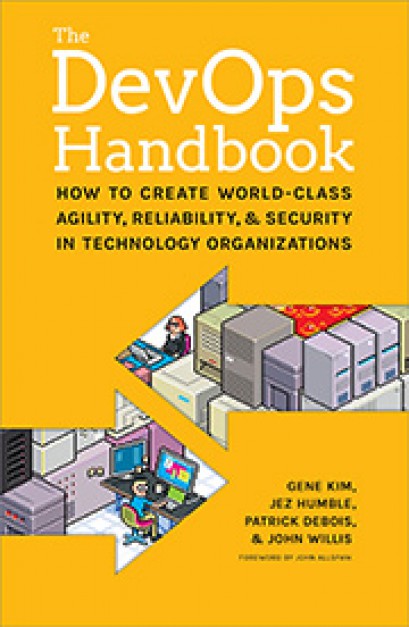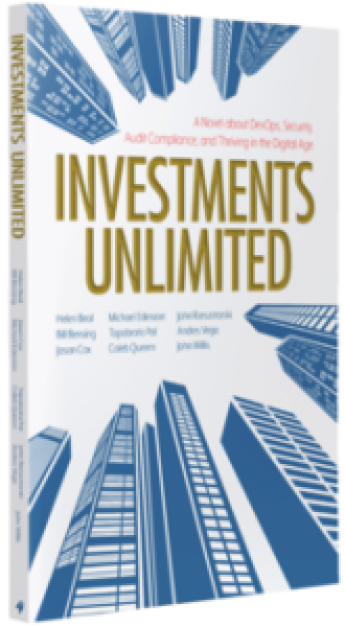Reception and Opening
Welcome & Opening Remarks
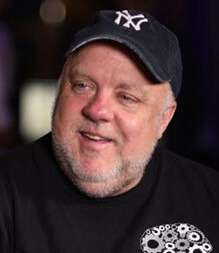

John Willis - Founder at Batchagalupe
«Security and Compliance Theater»
This presentation will drill in on the practices needed to create long-term systemic «safe» improvement. Understanding these key patterns enables an organization to focus mainly on the intersection of human capital and technology. Although prescriptive practices like Lean, Agile, SAFE and even DevOps may be necessary for IT acceleration they are in most cases not sufficient for long-term systemic improvement. In other words, you can鈥檛 Lean, Agile, SAFe or DevOps your way around institutionalized organizational habits. The following is a list of the «Seven Deadly
Diseases»:
These seven diseases of organizational behavior must be discovered with «absence of prescriptive practice» through a process of organizational fact-finding, something described as organizational forensics. In this presentation, we will look at the «Seven Deadly Diseases» of IT organization and show how all seven are indistinguishably related to cybersecurity, risk, and compliance.
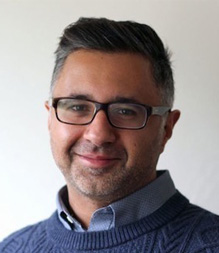

Mark Angrish - Tech Area Lead at anz
«Know your (internal) customer»
We’ve all heard the term «internal customer» but what does that really mean?
In this talk Mark Angrish will explore the technical and economic issues that prevent us from truly creating value to an organisation’s customers and how product thinking, autonomy and value chains can lead to the right solutions and organisational structures.
Mark will apply examples from the platform team he runs at ANZ on how to better create experiences that customers love and the engineers that make them.

Break
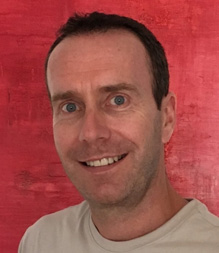

Anthony Rees - APAC Solutions Architect at Chef
«The Enterprise defined as Code»
Organisations need an automation system that allows teams to express infrastructure, security policies, and application lifecycle dependencies as code, to deliver that code via an automated pipeline, and to deploy, observe, and manage the technology lifecycle. This helps enterprise organisations deliver hardened systems and applications on any platform, on-premises or in the cloud with ease, making updates and changes painless.
In DevOps, code is King and therefore when you are bringing security into the picture in a DevSecOps scenario, you need a common way to define your companies policies. In this short presentation, we will look at a few open source projects that DevOps teams can leverage and bring new measurable value to their organisation all by code!
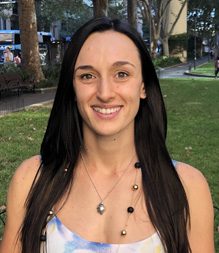

Carmel Hinks - Software Engineer at Atlassian
«Iterative metrics, dashboards and monitors»
From our code to our processes, at Atlassian we had learned to harness the power of iterative development. However, when it came to our dashboards and monitors, we noticed we were often falling short. In this talk, we share how we applied a more agile approach to solve a variety of challenges surrounding the definition and maintenance of some of our operational tooling, providing tips for how you can do the same.
Slides


Chris Kim - Field Engineer at Rancher Labs
«Kubernetes as a Database»
Most conventional applications that store stateful data utilize conventional databases such as MySQL, Postgres, Oracle DB, and more. While traditionally considered a container orchestration platform, the Kubernetes API can be extended to function in manners it was never originally designed for, such as being used as a database. This talk covers lessons learned while using Kubernetes `client-go` and considerations to keep in mind when using the Kubernetes API as a database. It covers best practices in building fault tolerant applications capable of handling `kube-apiserver` disruptions and using `client-go` caches for performance optimization.
Slides

Lunch


Peter Hall - Principal Engineer at DigIO
«Terraform: Everything sucks, but it might be the best tool for the job»
My love / hate relationship with Terraform. It’s a tool that promises so much but is very happy to let you shoot yourself in the foot. I’ll take you on a journey through our use of it on a large GCP project, why it makes me happy, sad and... angry. I’ll share what best practices we came up with and why at the end of the day it’s probably the best option you have today.
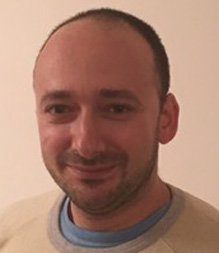
Yuri Belenky
Head of technology for Application
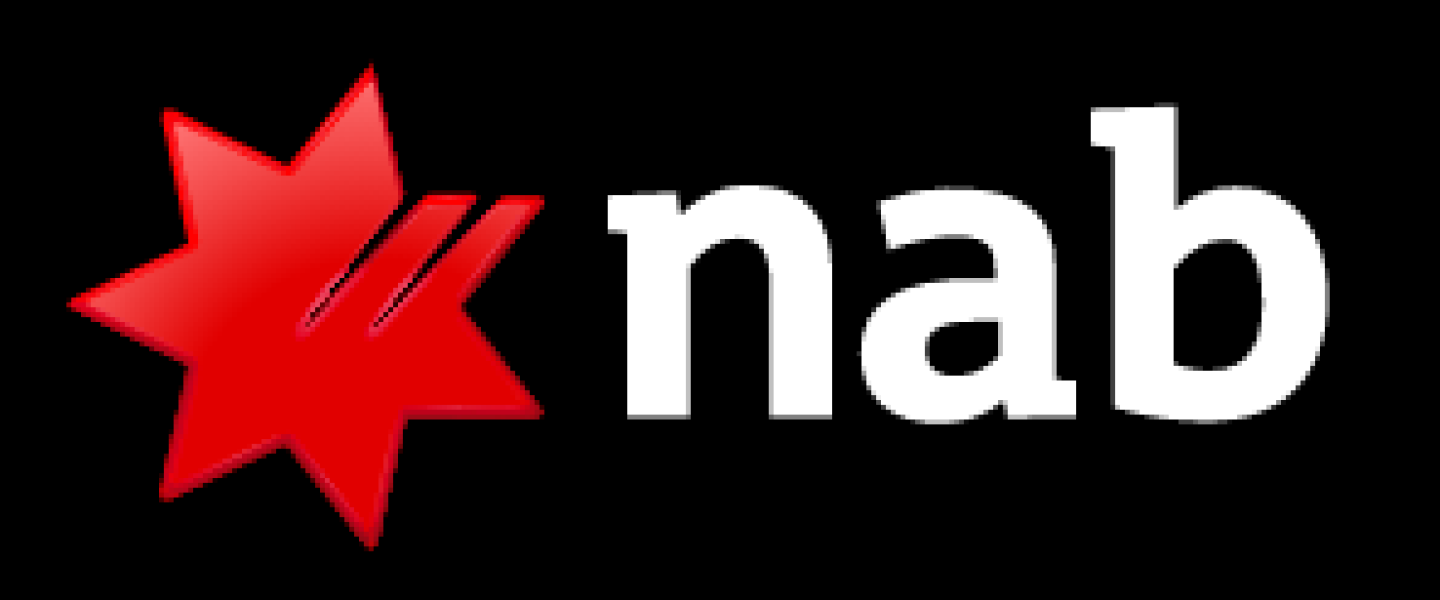
«How NAB enforced compliance controls for the AWS deployments and kept application teams in control of the tooling (Level — 300)»
ational Australia Bank (NAB) is in the middle of its journey to use public clouds as its main platform for developing software including Internet Banking, Mobile Banking, and Core Banking solutions. This journey needs to encompass two seemingly conflicting imperatives of delivery agility and need to ensure compliance to internal and industry-based standards
In this session, Yuri Belenky (Head of Technology for App&Cloud Platform, NAB) and Brandon Grenier (Senior Cloud Architect, AWS ) will describe the overall NAB developer ecosystem and specifically will focus on how NAB has implemented a compliance gate for the cloud workloads through a tool called Deputy. This approach keeps the application teams in the driving seat in terms of CI/CD tooling selection, but enforced immutable controls which are always executed for any production promotion.
Deputy is utilizing a wide range of AWS services like Lambda, Step Function, API Gateway, SNS/SQS, Dynamo DB and RDS to perform its functions and ensure low cost and scalability of the solution. In this session, Yuri and Brandon will also present the detailed design and the implementation details for this solution. They will also cover pros and cons of the chosen approach and will share the learnt lessons
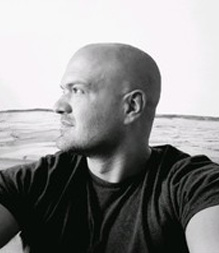
Brandon Grenier
Senior Cloud Architect


Break
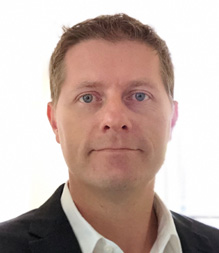
Michael Cracroft - Chief Security and Technology Officer at Service NSW
«DevOps Transformation within Government: Balancing Autonomy and Governance»
Service NSW, is under-going a Digital Transformation, adopting agile product-based methodology and a micro-services architecture. As the product methodology scales we are iteratively testing and adapting practises and ways of working to optimise the software delivery lifecycle which has touch-points across people, technology and process.
With the agility and autonomy of product-centric teams emerge new challenges; centralised vs decentralised governance, traditional compliance versus continuous assurance, project versus product, and of course, hiring and retaining skilled staff in a highly competitive market.
In this talk I will share some of the insights from our journey and how we are working collaboratively to develop our continuous integration, delivery and assurance capability to develop world class Public Services.


Andrew Hatch - Head of Platform Engineering at Seek
«How learning from incidents can create more resilient systems and deliver competitive advantage.»
Aligning to a DevOps culture has seen many organisations gain a distinct competitive advantage in their marketplace — especially if they started changing their thinking early which Seek did. Frequent daily deployments, teams owning what they build, the ability to iterate and deliver Products faster, and a greater emphasis on collaboration with much less of «that’s not my job», has achieved many benefits. But there are flipsides to this rapid rate of change, and depending on your perspective, how you capitalise on it could be the next big advantage you can take.
When teams gain greater autonomy to make technology choices the amount of diversification in your enterprise grows rapidly — especially when you are on the bleeding edge of what the major cloud providers are releasing. This increase in diversification will place greater cognitive loads on the people operating and building the system, to a point where an ability to mental model your systems becomes impossible. Incidents and failure will still be a part of normal system functions, still just as complex, but more asynchronous and therefore more difficult to diagnose the reverberations of failure through the system. How you embrace failure in this greater field of diversification, learn from it and use it, is what will set you apart.
This presentation will discuss how Seek has dealt with and collated extensive amounts of data on «Normal Accidents» over the last several years. We will demonstrate how incident analysis and involvement of teams in post-mortem rituals, has paved the way to many starting viewing our diverse software stack as the Joint Cognitive System it is, and how appreciating the «Human Factors» elements of incidents are important to building greater resiliency in the system. We will discuss how involvement of technology people in incident investigation and facilitation will lead to richer amounts of data, that can be fed back into the delivery cycle and continuously improve the reliability and resiliency of your products We will also discuss the traps and pitfalls to avoid such as obsessing over the Root Cause and why the «5 Why’s» technique of incident analysis is flawed.
Clossing remarks
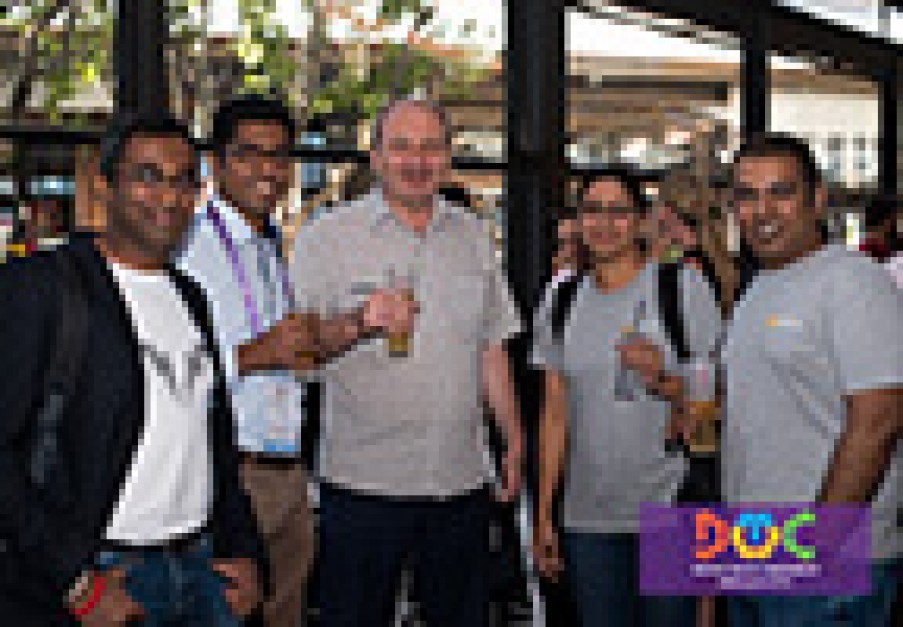

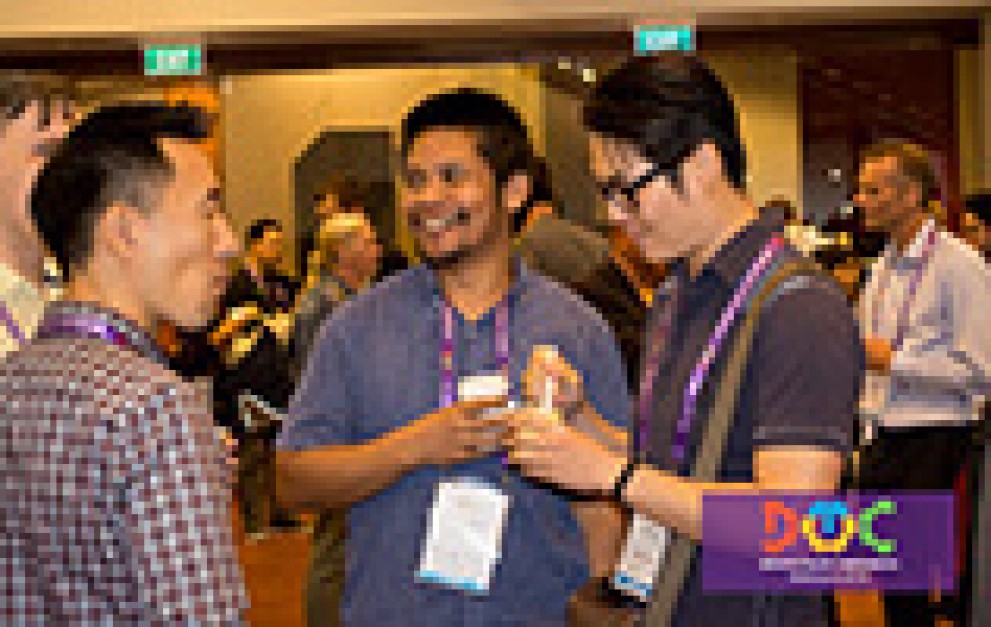
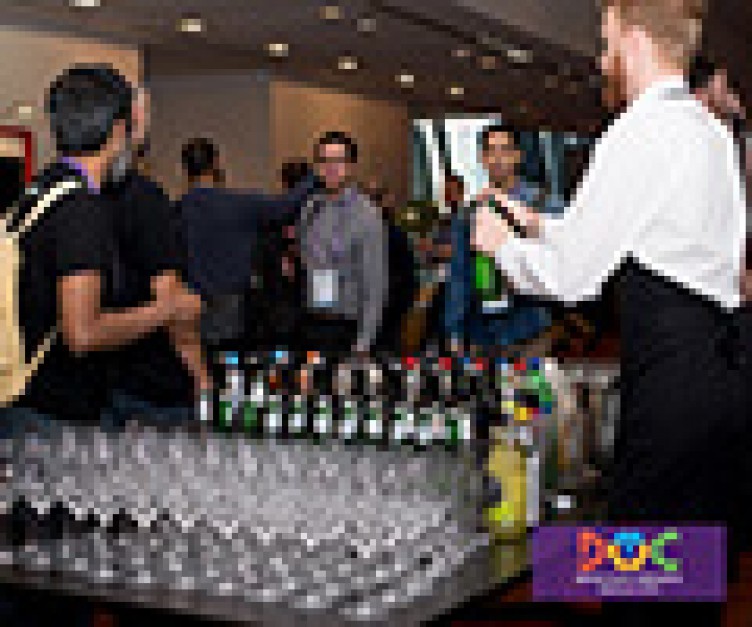
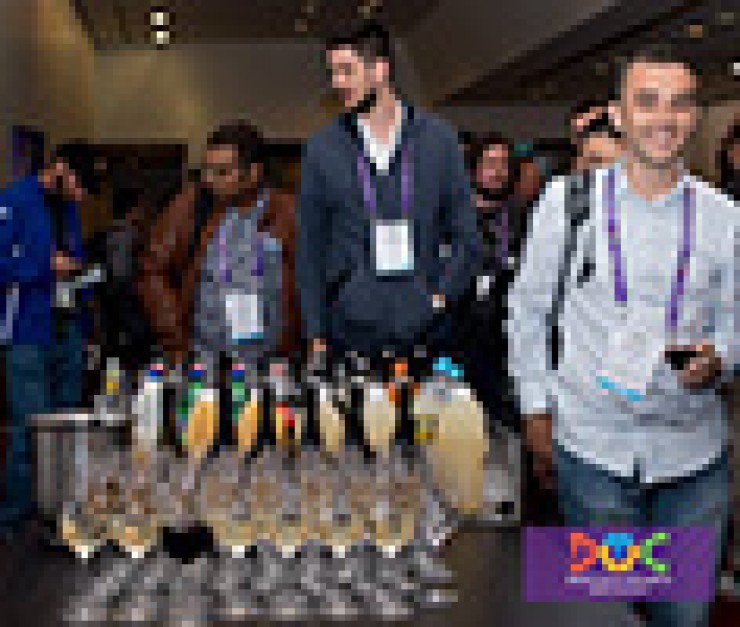

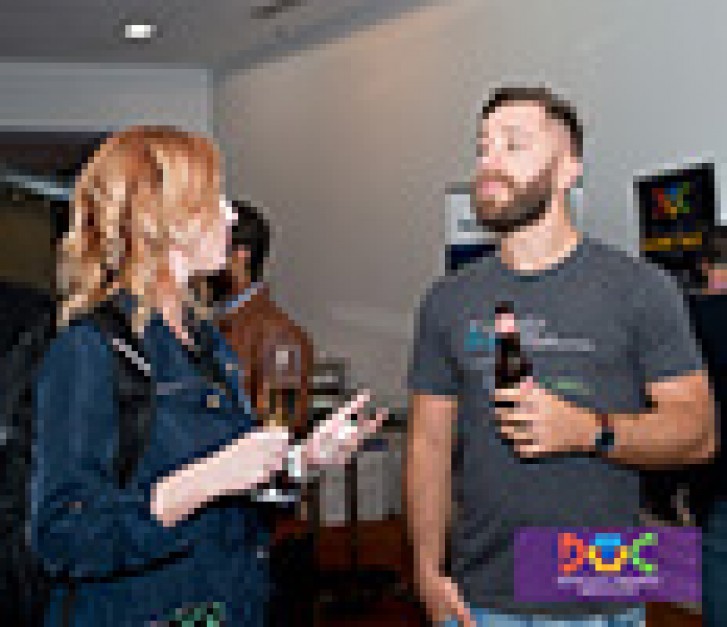

Entertainment, Networking, Discussions Open Space Discussions, Beer, Fingerfood Entertainment Entertaiment and Discussions
Reception and Openning
Opening Remarks
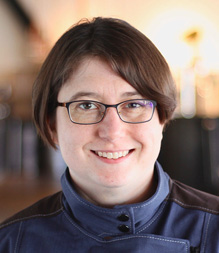

Nell Shamrell-Harrington - Principal Software Development at Chef
«Open Source Governance at Massive Scale»
It is one thing to put a project up on GitHub and call it «Open Source.» It is quite another to commit to growing and governing a project developed and maintained by contributors across the world. Both technical and community skills must be practiced simultaneously — a project cannot be successful with only one or the other. Open Source governance is hard enough with one or two projects. Now imagine trying to consistently and fairly govern a sprawl of 1000+ (and growing!) Open Source projects with complex technical and human interdependencies. Automation certainly helps with testing and releases, but it’s also critical to maintain the personal touch that ensures both higher quality software and makes working in Open Source so rewarding. Come to this talk to hear a tale of a company experiencing the pain of Open Source sprawl and how they mitigated that pain by developing consistent governance so that their Open Source community not only survived but is thriving.
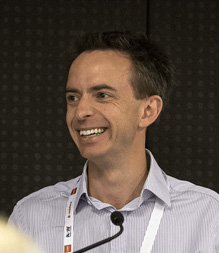

Chris Harwood - Executive Director at LifeLine
«Mental Health, EQ and Performant Leadership: a Confluence of Concerns»
During this session hear how a former techie enabled a culture transformation that saw the promotion of 25% of his team over 2 years, a dramatic improvement in engagement, and delivery performance improvements all thanks to a better understanding of the way we work and what motivates us to be our best.
::Part I: Setting the scene: a large team in turmoil, disaffected staff, low morale and a future at risk. How introducing alignment to a client, clarity in purpose and clear responsibilities for teams saw improved performance.
::Part II: ... but why? What is it about us as humans that make us perform well personally or as a group. Here I’ll dive into two recent books on the topic: Drive (Daniel Pink) & Lost Connections (Johann Hari). Both provide a complementary perspective on our human behaviours; the factors that affect our mental health, how leaders and the way we structure teams and work can have an enormous influence on the mental and physical health of our staff. Then looking at the power of clear purpose, the permission to be our best and the need for agency in our work and personal lives.
::Part III: Practical steps to harness this knowledge for good: how you can implement changes at your work to improve the mental health of your team(s) and their performance.
::Wrap & Q&A

Break
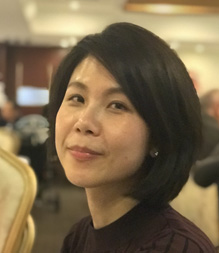

Annie Lin - Application Platform Architect at VMware
«Cloud Scale App Monitoring»
First there were logs. Then alerts and then metrics. In today’s world, how do DevOps teams manage monitoring and observability? How do teams manage observability and we pivot into a mostly container or serverless world?
In 20-30 minutes we’ll share how we use «3D observability» — a combination of metrics, histograms and distributed tracing to instrument a real-time time t-shirt ordering shirt. Our audience can — in real time — order t-shirts and we will show real-time metrics, histograms and traces and how we use those to monitor a modern application.
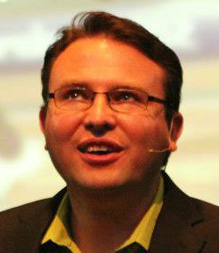

Grant Simonds - UX and Software Dev manager at Telstra
«»
Presentation on the micro service design, challenges and architecture used to power the Telstra TV3 and it’s voice control. Overview of the design and architecture, development strategy and DevOps strategy that the team used to design, develop and deploy the backend systems used to support Telstra TV. Show how Docker, Kubernetes and Amazon AWS can be used to quickly deploy new services. Present the need for DevOps processes when a micro service architecture is used. Present a working architecture that the team used to enable voice control on Telstra TV3.
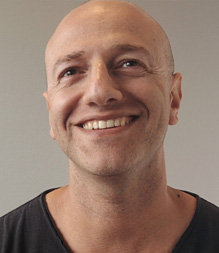
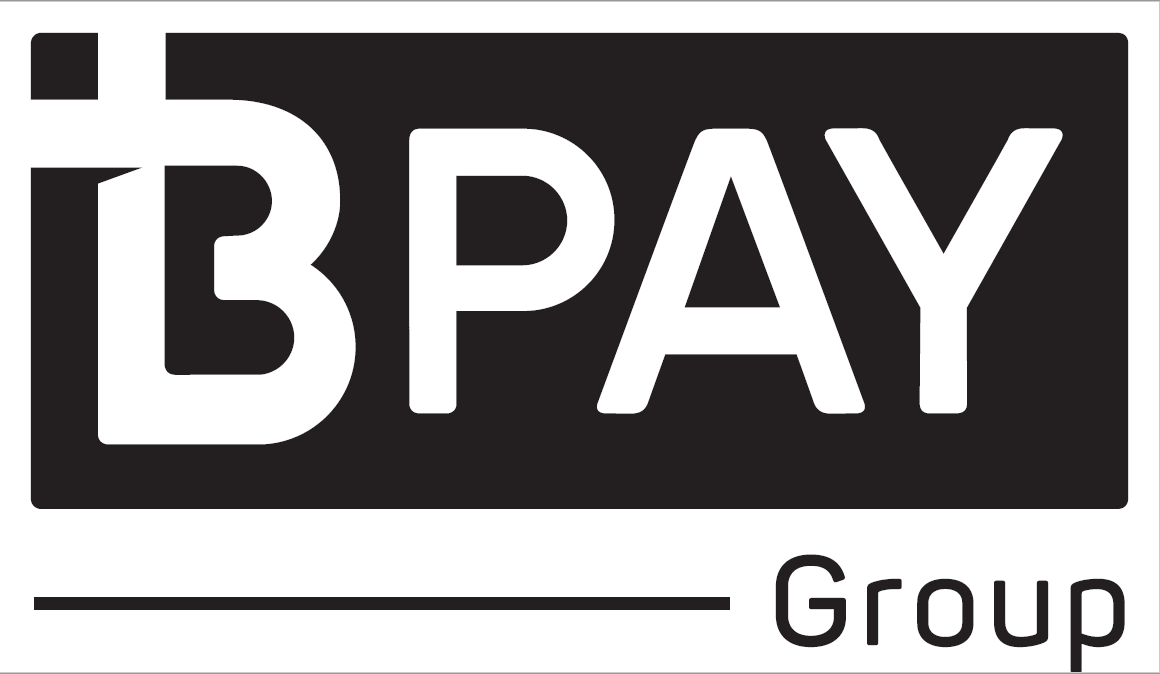
Oshri Zvi - Senior Engineering Manager at BPay
«From 4 to 44 Application Releases a Year»
BPAY Group has undertaken a transformation journey to allow delivering more value quicker to our customers. In this talk, I would touch on the triggers and the transformation my team did to accomplish that whilst still delivering ongoing value to our customers.

Lunch


Justin Gould - Head of Product Engineering Practice at Australia Post
«It’s about the journey, not the destination — and other cliches»
We’ve come a long way since we moved most of our assets from On-Prem to Cloud. We built the automation, we worked in lean ways and we developed Communities of Practice and a great culture.
But were we truly DevOps?
As we continue to evolve how we work best with Cloud technologies, I’ll reflect on the things we’ve learned along the way and how we aim to improve and foster a truly DevOps culture across Product Engineering and our business.


Stuart Campbell - Solution Architect at Dimension Data
«Designing and implementing a modern portal architecture»
User experience is a pretty common buzzword these days, but sometimes, even in a big corporate, you can actually get to the heart of a buzzword and build something great. In this talk Stuart will share with you how NTT built a brand new digital interface for their clients. He will dive into all the problems they encountered, and how they are evolving their portal architecture for a ‘cloud native’ world.
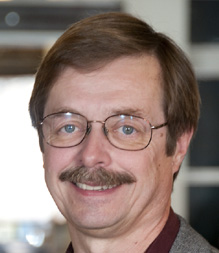

Dave McAllister - Community Manager and Evangelist at Skalyr
«Seeing RED: Why multi-dimensional monitoring matters»
